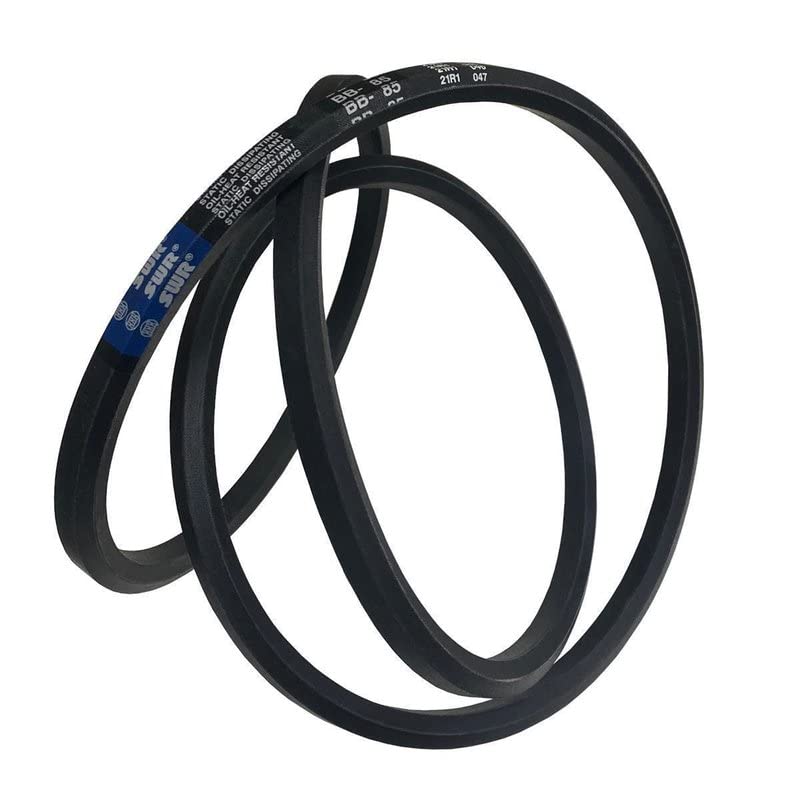Understanding SWR: Importance and Applications

Introduction to SWR
Standing Wave Ratio (SWR) is a critical measurement in radio engineering and telecommunications, indicating the efficiency of power transmission from a source to a load. Understanding SWR is vital for professionals and hobbyists in the field of electronics, as it directly impacts the performance and durability of antennas and transmission lines. With the increasing reliance on wireless communication technologies and a growing spectrum of electronic devices, a thorough comprehension of SWR has never been more pertinent.
The Concept of SWR
SWR is defined as the ratio of the amplitude of the standing wave’s maximum (voltage) to the minimum (voltage) along a transmission line. An SWR of 1:1 signifies perfect matching between the load and the transmission line, which means that all the power is efficiently transmitted. Any value above this indicates that some power is reflected back towards the source, which could lead to potential equipment damage. An SWR of 2:1 is typically considered an acceptable threshold in many systems, whereas values exceeding 3:1 can indicate serious impedance mismatches that require rectification.
Recent Developments and Applications
In recent times, advancements in antenna technology and telecommunications have intensified the focus on managing SWR. The rise of 5G networks, for instance, has necessitated a reevaluation of antenna designs to accommodate new frequency ranges while maintaining optimal SWR levels. Engineers and technicians are increasingly employing sophisticated tuning methods to enhance antenna performance, striving to achieve the ideal 1:1 ratio through unmatched transmission lines. Furthermore, the integration of software-defined radio (SDR) technology has revolutionized how SWR is monitored and adjusted, enabling real-time feedback to optimize signal strength.
Conclusion and Future Considerations
Understanding SWR is crucial for anyone involved in radio frequency (RF) engineering and related fields. With the ongoing innovations in wireless communication technologies, ensuring low SWR levels will remain a priority to improve system efficiency and reliability. As networks become more complex and the demand for high-performance devices increases, the importance of monitoring SWR will continue to grow, encouraging engineers and technicians to adopt more refined techniques and tools. Keeping abreast of these developments will empower professionals to optimize their systems effectively and meet the evolving needs of modern communication demands.
